[person_by] Frank van der Stok
August 2021
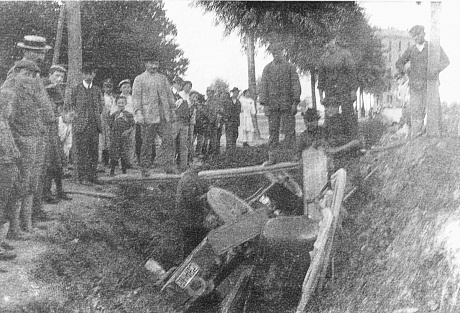
Marinetti's vehicle in a ditch, Unknown Photographer, 1908
Frank van der Stok
1908
Op 1 mei 1909 werd de Nederlandse Tijd ingevoerd. Op zoek naar de vraag hoe dat verwoord wordt in de krant, zocht ik in - nota bene - De Tijd de dag eraan voorafgaande (30-04-1909), maar die werd geheel beheerst door de geboorte van Prinses Juliana.
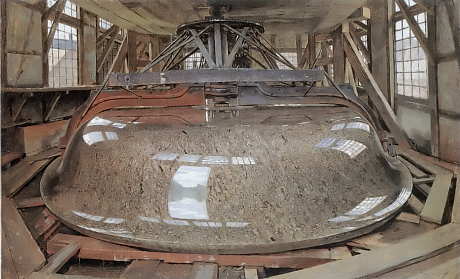
The Granite Dish in the Berlin Lustgarten, Johann Erdmann Hummel, 1831
Frank van der Stok
Some paintings and sketches of the late 18th and early19th centuries seemed to anticipate photographic techniques.
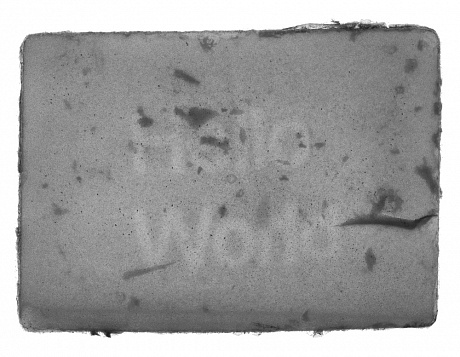
Hello World, Center for PostNatural History, loaned by the lab of Dr. Andy Ellington, 2006
Frank van der Stok
Escherichia coli is a bacteria found in the human gut and a “model organism” for scientific research around the world. The variety shown here was genetically engineered to be the first living photographic biofilm.
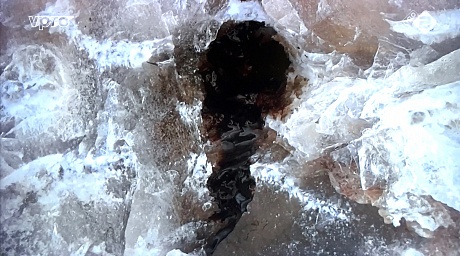
Mammoth Blood (still from the documentary Genesis 2.0), Christian Frei, 2018
Frank van der Stok
On the New Siberian Islands in the Arctic Ocean, hunters are searching for the tusks of extinct mammoths. In the thawing permafrost they happen upon an exceptionally well-preserved mammoth carcass, complete with blood and fur.
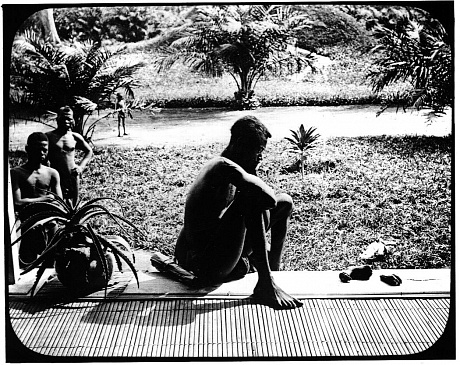
Nsala, Alice Seeley Harris, 1904
Frank van der Stok
After they were made public, these pictures forced people in Europe to face what was really happening and, under public pressure, in 1908 Congo was signed over the the Belgian state. It wouldn't gain independence until 1960. The power of these images added largely to put an end to colonial rule.
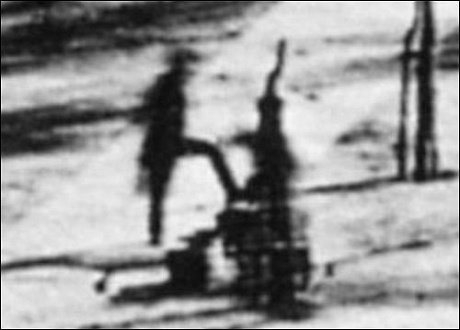
Boulevard du Temple, Louis Daguerre, 1838
Frank van der Stok
Louis Daguerre, Boulevard du Temple, is believed to be the earliest photograph of people (1838). Because the image required an exposure time of over ten minutes, all the people, carriages, and other moving things disappear from the scene.
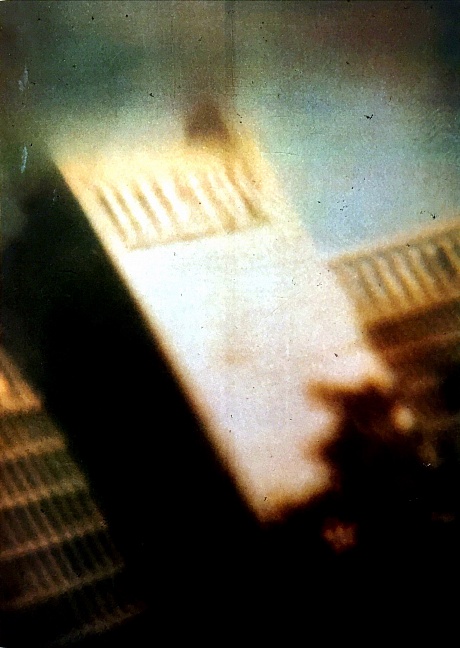
Hilton Hotel, Ted Serios, ca. 1967
Frank van der Stok
1967
A thought photograph by Ted Serios (ca. 1967), taken from the book: ‘Photographs of the Unknown’. Serios claimed the ability to project mental images onto photographic film, sometimes with the lens cap still on and sometimes with no lens at all on the camera.
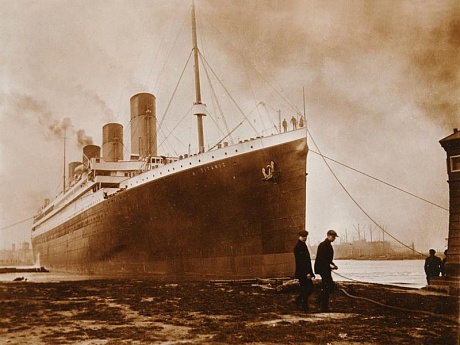
What Images can do, Found footage from Senan Molony’s documentary Titanic: The New Evidence, 1912
Frank van der Stok
2017
Journalist Senan Molony recently came across an amazing discovery hidden in an attic in England for more then 100 years: a collection of pictures taken of the Titanic by the shipbuilding firm before it left the shipyard.